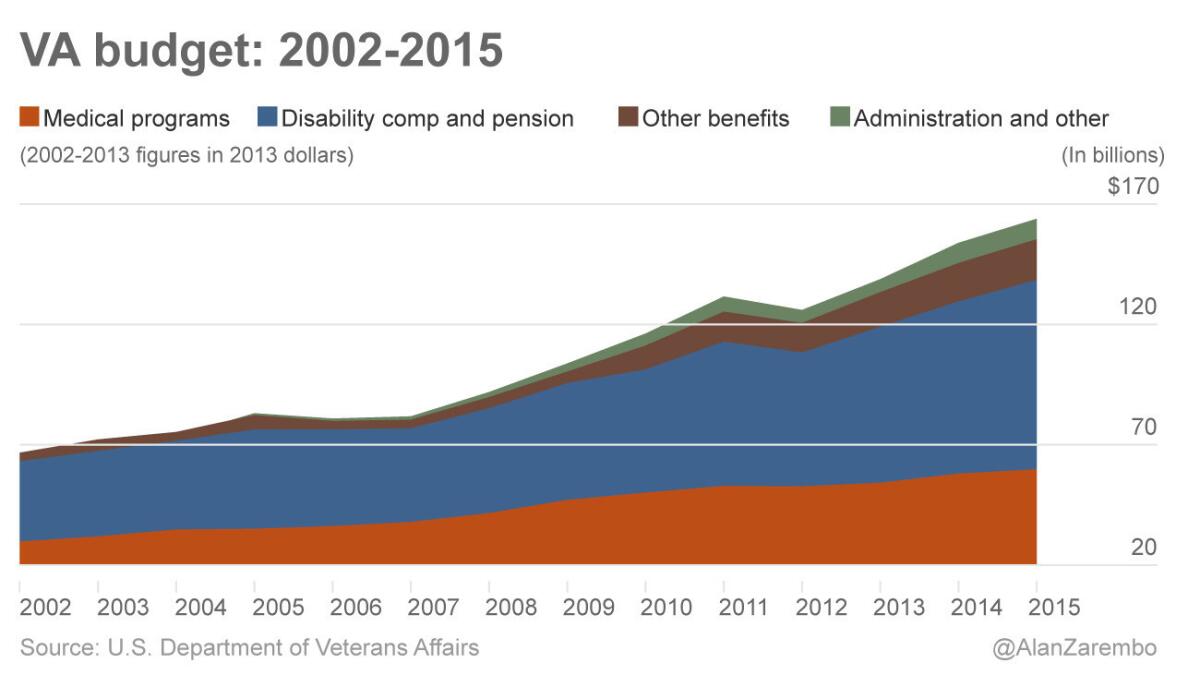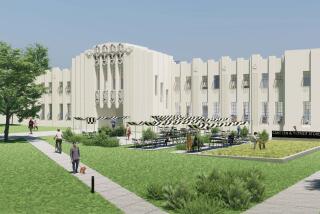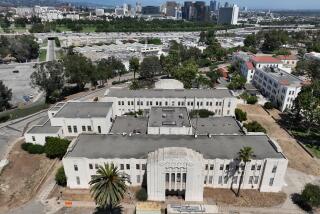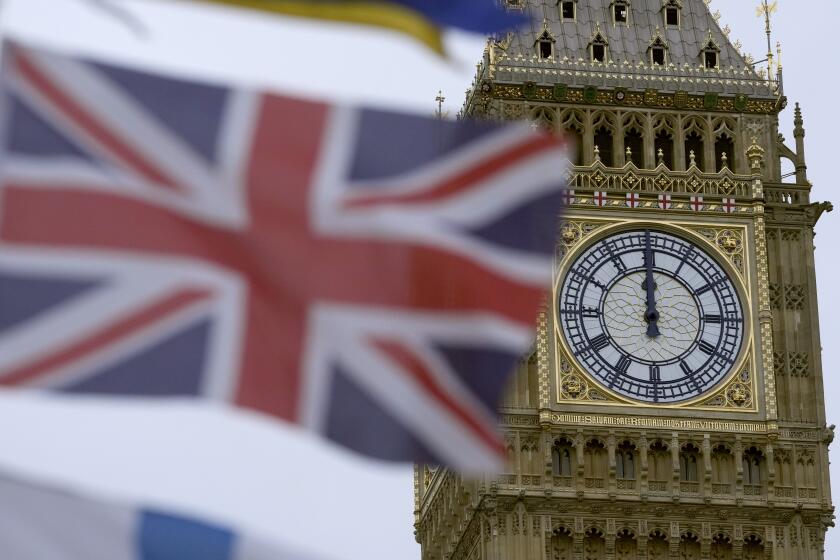The rising cost of veterans’ healthcare and benefits

- Share via
The House and Senate are expected to vote this week to approve a $17-billion plan to reduce the long lines for care in the Department of Veterans Affairs health system.
It would allocate $10 billion for veterans who live at least 40 miles from a VA facility to receive their healthcare from private providers. Another $5 billion would be used to hire more doctors and nurses.
The money is a relatively small portion of the total VA budget, which has rapidly expanded over the last decade.
The accompanying graph shows the breakdown in spending. With spending of $138.8 billion last year, the VA is now among the largest federal agencies.
After scaling back its operations in the 1990s as more and more World War II veterans passed away, the VA found itself unprepared for the influx of veterans from recent wars and the aging of the Vietnam War generation.
Between 2002 and 2013, the medical staff grew from 190,241 to 276,86, while the number of annual outpatient visits nearly doubled to 86.4 million. Hospital admissions — the biggest driver of costs in most hospitals — rose 23% to almost 695,000.
In all, medical spending climbed from $29.8 billion to $54.2 billion (in inflation-adjusted 2013 dollars).
But the biggest increase in spending was on disability and pension pay for disabled veterans. Fueled by the wars in Vietnam, Iraq and Afghanistan, it grew from $33.3 billion in 2002 to $64.8 billion in 2013. The bulk of that is disability pay.
Other benefits — most significantly, education — rose from $3.6 billion to $14.4 billion.
As the graph shows, spending is expected to reach new highs this year and again in 2015.
Twitter: @alanzarembo
More to Read
Sign up for Essential California
The most important California stories and recommendations in your inbox every morning.
You may occasionally receive promotional content from the Los Angeles Times.











